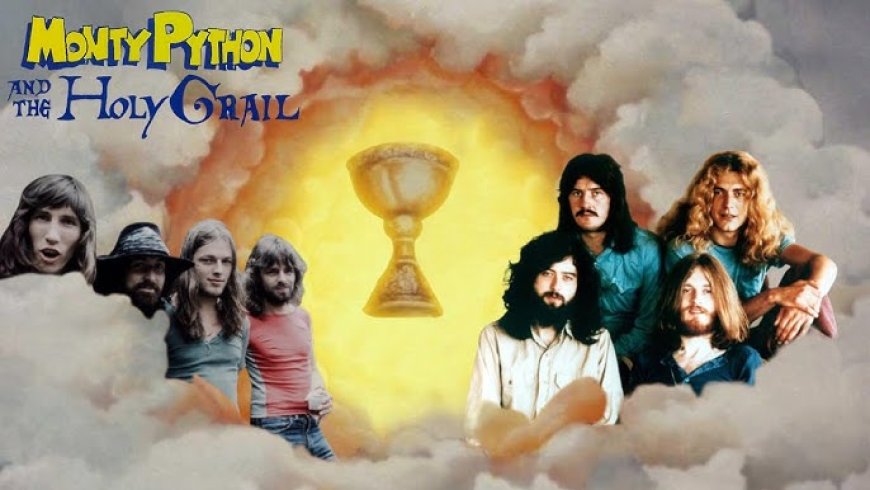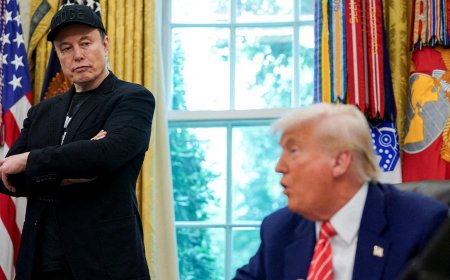How Led Zeppelin, Pink Floyd & Jethro Tull Financed the Making Monty Python and the Holy Grail
Monty Python and the Holy Grail isn’t a big-budget spectacle, and nobody knew that better than the Pythons themselves. Necessity being the mother of invention, they turned the project’s financial constraints into one of its many sources of humor, fashioning memorable gags out of everything from coconut shells substituting for horses to the sudden shutdown […]

Monty Python and the Holy Grail isn’t a big-budget spectacle, and nobody knew that better than the Pythons themselves. Necessity being the mother of invention, they turned the project’s financial constraints into one of its many sources of humor, fashioning memorable gags out of everything from coconut shells substituting for horses to the sudden shutdown of filming that ends the “story.” But, as explained in the Canned History video above, putting together even the modest sum with which they had to work was hardly a straightforward endeavor. Turned down by studios, the Pythons sought out the only financiers likely to possess both sufficient wealth and sufficient belief in an absurdist TV comedy troupe making their first proper film: rock stars.
This was the mid-nineteen-seventies, recall, when a group with a few hit albums could find themselves making, quite literally, more money than they knew what to do with. Such was the case with Pink Floyd, for example, after releasing The Dark Side of the Moon in 1973.
Monty Python, for their part, had put out not only three seasons of their BBC series Monty Python’s Flying Circus, but also a variety of purchasable goods like books and LPs. The latter made them the music-industry connections that they could use to enlist the likes of not just the Floyd, but also Led Zeppelin, Jethro Tull, as well as record labels like Island, Charisma, and Chrysalis. As Eric Idle tweeted much later, Zeppelin contributed £31,500, Pink Floyd’s company £21,000, and Jethro Tull’s Ian Anderson £6,300: £627,000 in more recent value, or nearly $850,000 in U.S. dollars.
Altogether, Monty Python and the Holy Grail’s budget came to £282,035 in 1974 pounds: by no means a king’s ransom, but just enough to put together a comic take on Arthurian legend. No more conventional investors than the Pythons were conventional filmmakers, the rock stars and other music-industry figures involved made no visits to the set, nor offered any “notes” on the work in progress. One suspects that they were happy just to support a Monty Python project, and even more so to receive the tax break offered for films produced in the U.K. In the event, of course, they all made their money back many times over, with a cut of the Broadway musical adaptation Spamalot to boot. The film’s immediate and outsized success can’t have been far from the mind of George Harrison — that great enemy of the taxman — when Idle called him up a few years later, asking for the money to make Life of Brian.
Related Content:
Stream Online Monty Python and the Holy Grail Free on Its 50th Anniversary
Terry Gilliam’s Lost Animations from Monty Python and the Holy Grail Are Now Online
Monty Python’s Eric Idle Breaks Down His Most Iconic Characters
Monty Python and the Holy Grail Re-Imagined as an Epic, Mainstream Hollywood Film
Based in Seoul, Colin Marshall writes and broadcasts on cities, language, and culture. His projects include the Substack newsletter Books on Cities and the book The Stateless City: a Walk through 21st-Century Los Angeles. Follow him on the social network formerly known as Twitter at @colinmarshall.

















































